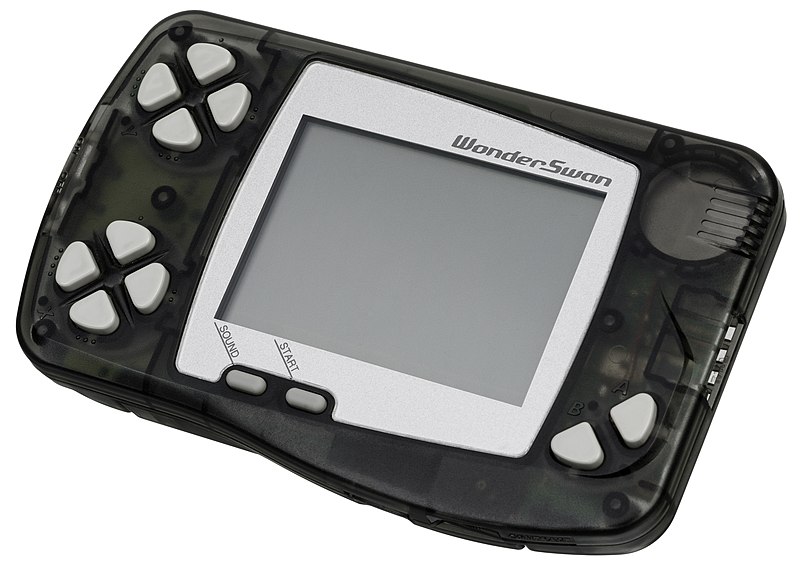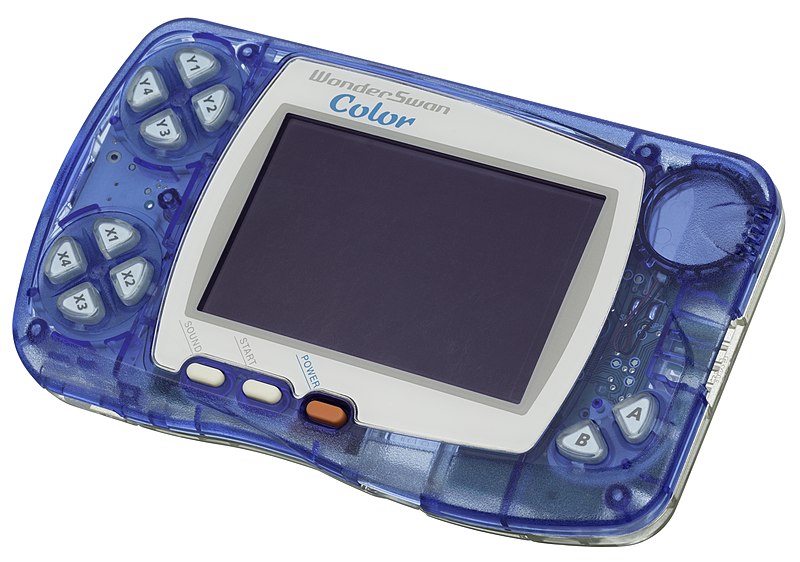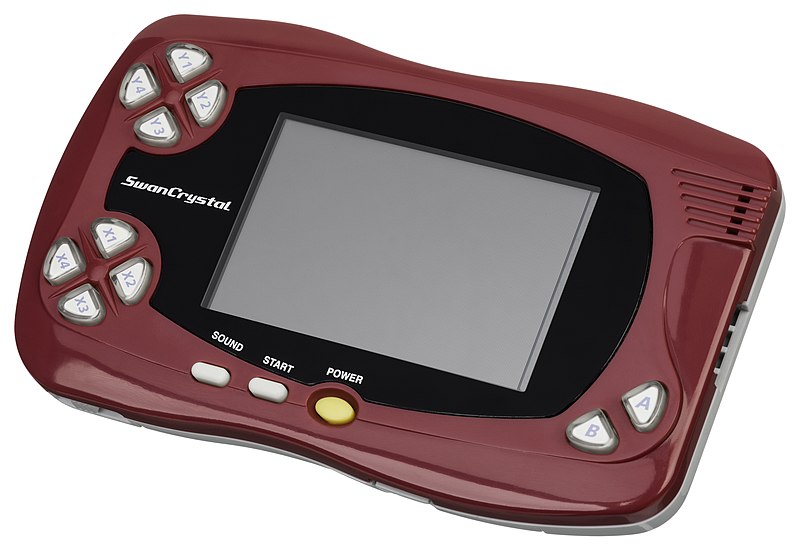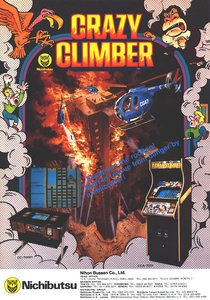Japan’s gaming industry has birthed numerous legends, and among them is the WonderSwan, a handheld gaming console introduced by Bandai. Crafted through the collaborative efforts of Gunpei Yokoi’s Koto Laboratory and Bandai, it holds the distinction of being the final hardware project shepherded by Yokoi before his passing in 1997. The year 1999 marked its grand entrance into the realm of video game consoles, joining the ranks of the sixth generation. Alongside it, two subsequent models, the WonderSwan Color and SwanCrystal, commanded attention until Bandai’s official discontinuation in 2003. It’s worth noting that WonderSwan only ventured within the borders of Japan during its operational life. Hence, this article delves into the intriguing history and enduring legacy of this Japanese gaming phenomenon.
The Journey Of Wonderswan
In 1950, Naoharu Yamashina founded Bandai as a humble manufacturer of toy cars and plastic models. However, this unassuming start paved the way for Bandai’s meteoric rise in the toy industry. The turning point came in 1963 when Bandai secured licensing rights for popular anime characters, starting with Tetsuwan Atomu. (1) This strategic move catapulted Bandai into the limelight. By the 1970s, Bandai had diversified its portfolio to include LCD games inspired by television shows and dedicated gaming consoles. Notably, in 1982, the company introduced the Intellivision to the Japanese market. By 1985, Bandai had earned the distinction of being among the first third-party licensees for the Family Computer (Famicom). (1) Yet, Bandai’s most significant triumph in electronic gaming was the introduction of the Tamagotchi virtual pet in 1996. This small, digital companion became a global sensation, capturing the hearts of people worldwide.
Intriguingly, plans were in motion for Bandai to merge with Sega and create Sega Bandai Ltd. in 1997. However, this merger was abruptly canceled. Bandai’s board of directors, less than a week after initially approving it, reversed their decision. Sega accepted Bandai’s change of heart at an emergency board meeting on the same day. Bandai president Makoto Yamashina took responsibility for failing to secure his company’s support for the merger, ultimately leading to Bandai entering the gaming market without external backing.
However, the narrative takes a fascinating twist with the introduction of engineer Gunpei Yokoi – famous for creating Nintendo’s Game Boy handheld system. Following the Virtual Boy’s lackluster performance, Yokoi departed from Nintendo in 1996, founding his engineering firm, Koto Laboratory. It was during this period that Bandai approached Yokoi with the proposition to create the WonderSwan, setting the stage for an intriguing venture. Yokoi played an active role in WonderSwan’s development but met an unfortunate end in a car accident in 1997, prior to the console’s release.
Officially unveiled in Tokyo on October 8, 1998, the WonderSwan’s name was carefully chosen by Bandai to emphasize both its aesthetic appeal and technical prowess. The swan, an emblem of elegance and power, served as a fitting symbol. Moreover, Bandai promised a remarkable 30-hour battery life, an attractive retail price point, and a launch lineup boasting around fifty games. (2)
Finally, the WonderSwan made its debut on March 4, 1999, sporting an array of casing colors, including pearl white, skeleton green, and silver metallic. Limited edition two-tone models like frozen mint and sherbet melon further enhanced its appeal. Despite the Game Boy Color’s earlier release, Bandai remained confident in the WonderSwan’s potential, citing the original Game Boy’s success over color-screen competitors due to its battery life and game library quality. Additionally, the WonderSwan’s competitive retail price of ¥4,800 contributed to its appeal. (3)
Bandai’s ambitions briefly extended beyond Japan when an agreement was reached with Mattel in 2000 to bring the handheld to North America. However, this endeavor ultimately stalled, with market saturation posited as a potential factor.
WonderSwan’s Game Console Variations
WonderSwan Color
Bandai revealed the WonderSwan Color, which introduced a color screen while preserving compatibility with the original WonderSwan. This upgraded model hit the market in Japan on December 9 of the same year, offering a range of color options, including pearl blue, pearl pink, crystal black, crystal blue, and crystal orange. The launch enjoyed moderate success, with sales reaching 270,632 units in less than a month following its release. (4) However, just before the WonderSwan Color could make its debut, Nintendo made a game-changing announcement with the introduction of the Game Boy Advance, a handheld boasting superior hardware capabilities. Despite the WonderSwan Color maintaining a more budget-friendly price point at ¥6,800 compared to the Game Boy Advance’s ¥9,800, it struggled to regain its footing in the market. (4) Although it briefly achieved an 8% share of the handheld market in Japan, the WonderSwan’s sales never managed to recover after the Game Boy Advance hit store shelves in March 2001.
SwanCrystal
This revamped version of the WonderSwan Color, made its debut in Japan on July 12, 2002, priced at ¥7,800, which was ¥1,000 less than the Game Boy Advance. (4) Once again, Bandai conducted an online poll to determine the casing colors for this iteration and eventually released it in shades like blue-violet, wine red, crystal blue, and crystal black. Despite its affordability and the inclusion of an improved LCD screen, the SwanCrystal found itself unable to compete effectively. As a result of lackluster demand, Bandai made the difficult decision to discontinue the WonderSwan line in 2003. This marked the end of Bandai’s involvement in the production of video game hardware altogether.
Bandai – WonderSwan’s Game Library
The Bandai WonderSwan featured a wide-ranging game catalog, encompassing an array of unique titles and adaptations from other gaming platforms. Among the standout titles available for the WonderSwan and its subsequent versions, such as the WonderSwan Color and SwanCrystal, were:
1. Buffers Evolution –
This is more than just a run-of-the-mill action platformer; it’s a game that stands out in its genre. Offering an engaging and unique gaming experience, this title combines the thrill of action-packed platforming with distinctive elements that set it apart from the crowd. In “Buffers Evolution,” players embark on a journey filled with challenges, where they must navigate various levels, conquer obstacles, and defeat foes. This game excels in offering a straightforward yet deeply enjoyable gaming experience, making it accessible to both newcomers and seasoned gamers. Its action-packed sequences are skillfully balanced with the precise platforming required to progress through the game.
2. One Piece Grand Battle Swan Colosseum –
A thrilling addition to the world of handheld gaming, especially for fans of the immensely popular “One Piece” anime and manga series. This game offers an immersive and action-packed experience set in the captivating universe created by Eiichiro Oda. Players can step into the shoes of their favorite Straw Hat Pirates and other iconic characters from the series, such as Monkey D. Luffy, Roronoa Zoro, and Nami. Each character boasts unique abilities, signature attacks, and special moves that resonate with fans of the source material. The heart of “One Piece Grand Battle Swan Colosseum” lies in its dynamic battles. It successfully captures the essence of the “One Piece” series, offering fast-paced, intense combat encounters that mirror the thrilling clashes seen in the anime and manga. Players can engage in one-on-one battles or engage in exciting multiplayer modes, adding to the replayability and excitement of the game.
3. Crazy Climber –
a shining example of a dual-stick arcade game that successfully transitioned to the handheld gaming realm with utmost fidelity. This game’s core objective revolves around the art of scaling a towering building, accomplished by skillfully manipulating the character’s body using the available controls. While the concept may initially appear rather unconventional, it’s surprising how addictively engaging it becomes once players become accustomed to the control mechanics. It defies expectations by offering a unique and surprisingly addictive gameplay experience that keeps players coming back for more. The sense of accomplishment that comes with conquering increasingly treacherous skyscrapers is immensely satisfying.
4. Judgement Silversword –
This is a standout title in the world of handheld shooting games. While it may not have received the same widespread recognition as some other shooters, it has earned a dedicated following for its engaging gameplay and captivating challenge. This game places players in the cockpit of a futuristic spaceship, ready to engage in intense shoot-’em-up action. What sets “Judgement Silversword” apart is its commitment to providing a classic and thrilling shooting experience. It channels the spirit of arcade shooters from the past, offering fast-paced gameplay, a variety of enemy patterns, and relentless bullet-hell action. One of the game’s defining features is its meticulous attention to level design. Each stage presents a unique set of challenges, from intricate enemy formations to epic boss battles. Players must employ precise reflexes and strategic thinking to navigate these challenges and emerge victorious.
5. Mr. Driller –
Developed by Namco, this game combines clever puzzle mechanics with an endearing character, creating a gaming experience that remains a beloved classic. The premise of “Mr. Driller” revolves around the titular character, Susumu Hori, who embarks on a subterranean journey. Armed with a trusty drill, players guide Mr. Driller through layers of colored blocks, aiming to reach greater depths while avoiding obstacles and running out of air. The game’s mechanics are easy to grasp but challenging to master, as players must carefully strategize and plan their drilling paths. As players delve deeper into the earth, the challenge intensifies, requiring them to make split-second decisions while managing resources. This balance between simplicity and complexity makes “Mr. Driller” accessible to all ages while offering a rewarding experience for those seeking a challenge.
6. Gunpey –
a captivating puzzle game that pays homage to the renowned handheld gaming pioneer – Gunpei Yokoi. Its title draws inspiration from classics like Klax, Tetris, and Polarium while incorporating its own distinctive twist. In “Gunpey,” players are presented with a five-space field where the goal is to create continuous, solid lines. The challenge lies in strategically arranging fragments provided in the game, much like piecing together a puzzle. These fragments must be aligned in such a way that they form unbroken lines spanning the entire width of the playfield. The game’s mechanics require players to think critically and plan their moves carefully to achieve success. It offers a satisfying blend of strategy and quick thinking, making it engaging for puzzle enthusiasts.
Conclusion
Bandai’s transition into the world of handheld gaming was a remarkable journey filled with innovation and challenges. At the outset, they recognized the importance of seeking guidance from industry experts – a strategic move that led to early successes. Hence, the WonderSwan, their flagship handheld console, stood out not only for its cost-friendly approach but also for the captivating games it offered. Over time, however, the handheld gaming landscape became increasingly competitive with the advent of more advanced consoles. This posed a significant challenge to WonderSwan’s continued prominence. Nevertheless, the WonderSwan’s enduring legacy remains a testament to Bandai’s unwavering commitment to delivering affordable and engaging gaming experiences.
References
(1) DeMaria, Rusel; Wilson, Johnny (2003). High Score!: The Illustrated History of Electronic Games. New York: McGraw-Hill Osborne Media. pp. 366–367. ISBN 0-072-23172-6.
(2) “Fun in the Palm of Your Hand”. The Orlando Sentinel. Associated Press. October 9, 1998. Retrieved May 24, 2014 – via Newsbank(subscription required).
(3) Parish, Jeremy (May 8, 2014). “Exploring Game Boy’s True Successor, Bandai WonderSwan”. USGamer. Retrieved May 12, 2014.
(4) https://consolemods.org/wiki/WonderSwan:WonderSwan_Model_Differences





